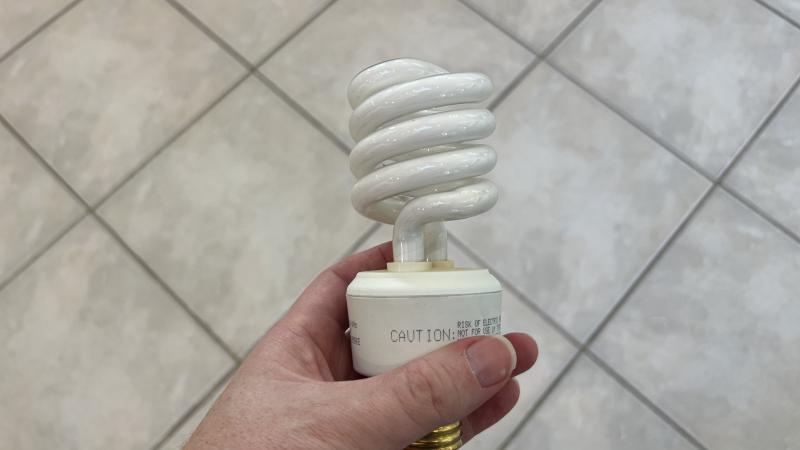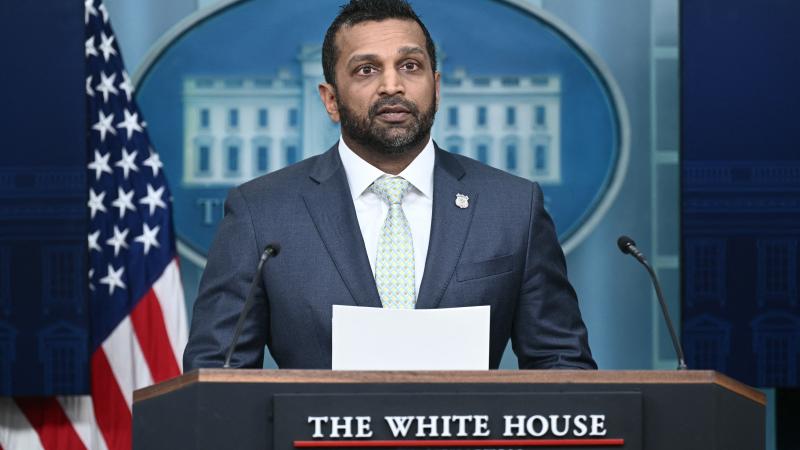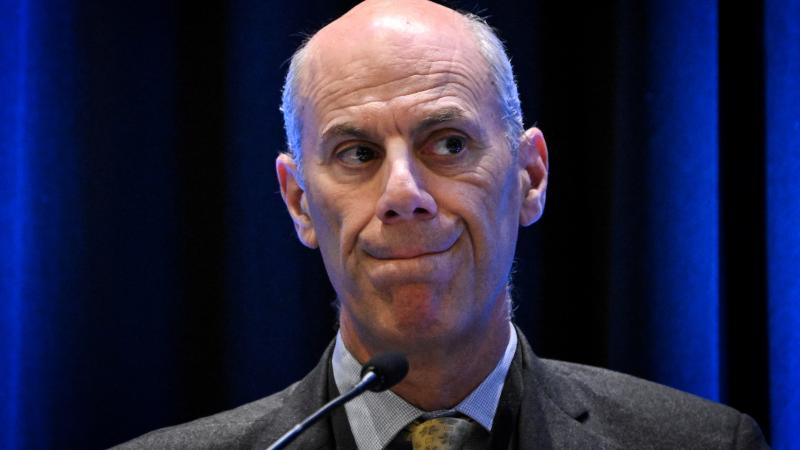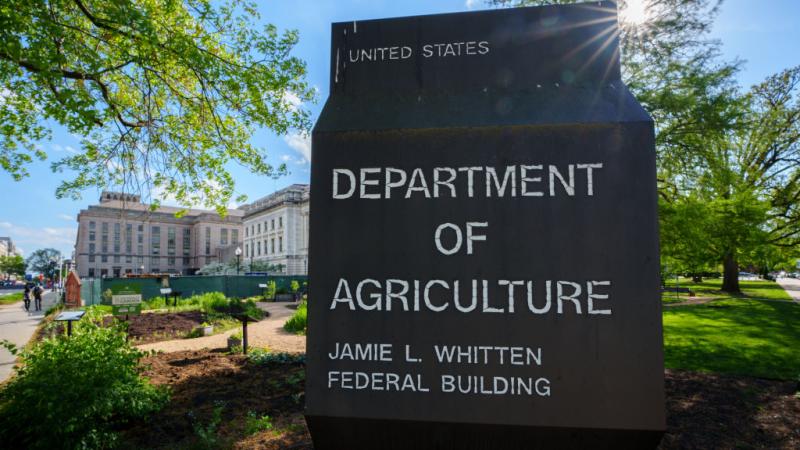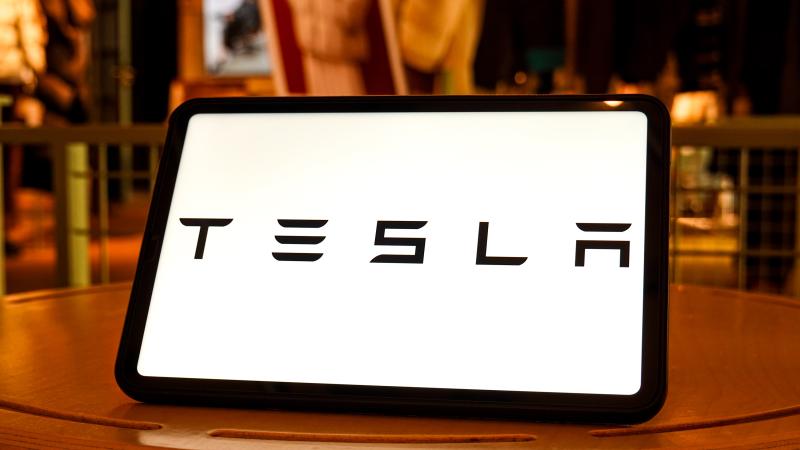Business climate, energy policies help Indiana attract billion-dollar data centers
Combined, the projects from Amazon, Google, Meta and Microsoft are expected to spend $14.5 billion and create 1,500 jobs in Fort Wayne, Jeffersonville, La Porte and New Carlisle.
Tuesday’s announcement that Microsoft plans to build a $1 billion data center in northwestern Indiana marked the third time in less than six weeks – and the fourth time this year – a major IT company selected the state for a major tech hub.
Combined, the projects from Amazon, Google, Meta and Microsoft are expected to spend $14.5 billion and create 1,500 jobs in Fort Wayne, Jeffersonville, La Porte and New Carlisle. From a financial standpoint, they represent some of the largest private investments in Indiana, with Amazon’s $11 billion data center in New Carlisle the largest ever.
Indiana government and business leaders point to several factors, including the state’s location, the cooperative nature between the public and private sector and a business tax environment considered one of the best in the country, as the reasons why the state landed four such data centers in such a short period.
“Indiana is committed to being a central hub in the global economy of the future, and this latest announcement ensures Hoosier communities and talent will be key to widespread advancements in cloud and artificial intelligence technology,” said Gov. Eric Holcomb said in a release regarding the Microsoft project. “As a state, we’ve built a pro-growth business climate and implemented a future-focused framework to attract major investments in high-tech, high-growth sectors.”
Reliable Energy President Jon Ford told The Center Square the state’s utility costs and dependable infrastructure also make it an attractive location for major data centers. Ford, a former state senator, leads the in-state trade association that promotes policies to keep dependable energy sources like clean coal available and affordable.
The announcements also come as Indiana’s electricity costs have dropped significantly. According to data from the U.S. Energy Information Administration, the state’s average rate for industrial consumers in March was 11.8% lower than the year before. Only Oklahoma, Montana, Nevada and Florida topped Indiana. For all sectors, the state’s decrease of 10.3% was behind only New Hampshire and Maine.
“Indiana’s combination of strategic location, reliable energy infrastructure, business-friendly environment, and collaborative partnerships have made it a magnet for data center investments,” Ford said. “As the demand for data storage and processing continues to grow, Indiana is well-positioned to capitalize on this trend and further solidify its reputation as a hub for tech and innovation.”
Indiana has also created incentive programs to attract data centers. In 2019, the General Assembly passed legislation that established the Data Center Sales Tax Exemption. Eligible data centers can use the incentive for energy and equipment purchases. Depending on the amount of the investment, the exemption can be available for up to 50 years.
According to the release from Holcomb’s office, Microsoft qualifies for a 35-year exemption. In addition, for each additional $1 billion it spends during the first 15 years, it can receive a five-year extension. The maximum length of the credit for Microsoft is 45 years.

